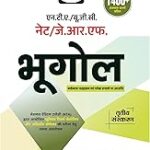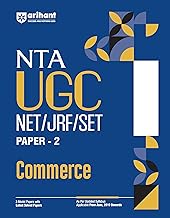Description
Drishti IAS: Your Gateway to Success in Competitive Exams.
Prehistoric and Ancient Indian History
- Prehistoric India: Early Stone Age, Mesolithic, and Neolithic cultures.
- Key sites: Bhimbetka Caves, Mehrgarh, and Harappan Civilization.
- Indus Valley Civilization (IVC):
- Key features: Town planning, drainage systems, seals, and writing.
- Decline theories: Natural disaster, ecological changes, or Aryan invasion.
- Vedic Period:
- Vedic literature: Rigveda, Samaveda, Yajurveda, Atharvaveda.
- Society: Varna system, early Aryan economy, and political structure.
- Mahajanapadas: Early republics and monarchies.
- Rise of the Magadha kingdom.
- Buddhist and Jain movements: Impact on social and religious life.
- Maurya Empire:
- Chandragupta Maurya, Ashoka’s Dhamma, and the spread of Buddhism.
- Ashoka’s Edicts and their significance.
- Post-Maurya Period:
- Shunga, Kushana, and Satavahana dynasties.
- Important rulers: Kanishka and his role in spreading Buddhism.
- Gupta Period:
- Golden Age of India: Art, literature, science, and mathematics.
- Key figures: Samudra Gupta, Chandragupta II, Kalidasa, Aryabhata.
2. Medieval Indian History
- Delhi Sultanate:
- Key rulers: Qutb-ud-din Aibak, Alauddin Khilji, Muhammad Tughlaq.
- Administrative reforms, military expansions, and cultural impact.
- Mughal Empire:
- Major rulers: Akbar, Jahangir, Shah Jahan, Aurangzeb.
- Administrative structure: Mansabdari system, revenue system (Zabt, Todar Mal).
- Mughal architecture: Taj Mahal, Fatehpur Sikri, Red Fort.
- Decline: Causes and key events leading to the fall of the Mughal Empire.







Reviews
There are no reviews yet.